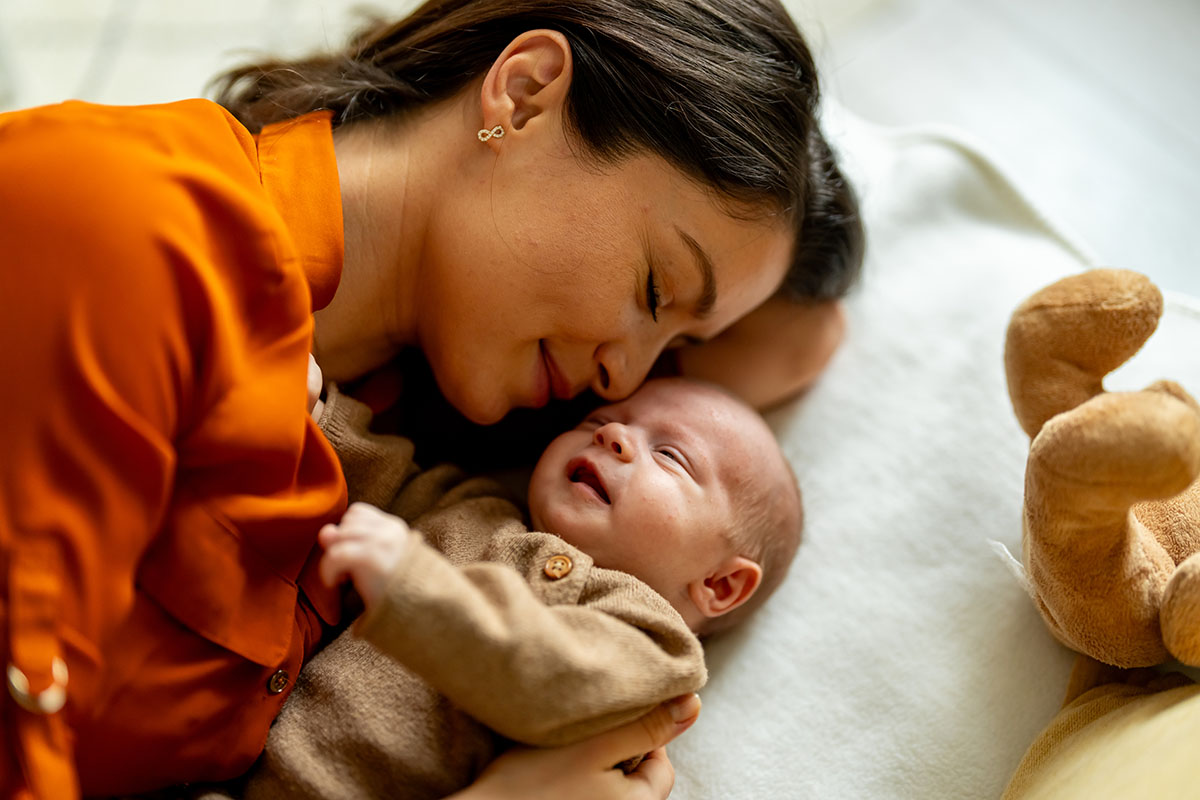This method includes fertilising eggs with sperm in the IVF Lab, after which the best and most viable embryos are selectively transferred into the uterus.
ICSI consists of injecting a single sperm into an egg using a highly precise technique, increasing the chances of fertilisation in cases of male infertility.
In our IVF Lab, donor eggs are fertilised with the partner’s sperm, with a careful selection process to ensure only the healthiest embryos are implanted into the intended mother’s uterus.
Donor sperm is selected to fertilise eggs, with the healthiest embryos meticulously chosen for implantation into the intended mother’s uterus.
Laboratory-prepared donor sperm is inserted into the uterus when ovulation occurs to facilitate conception.
PGT-A is a cutting-edge technique used alongside IVF that evaluates the chromosomal constitution of embryos prior to implantation during IVF.
Shared motherhood is a fertility treatment in which one partner contributes eggs, which are then fertilised with donor sperm, while the other partner carries the pregnancy.
Intracytoplasmic Sperm Injection (ICSI) with Testicular Biopsy is a fertility treatment where sperm extracted directly from the testes is injected into an egg to facilitate fertilisation.
Preserve your fertility by storing your eggs today, enhancing your prospects for a successful pregnancy in the future.

Learn more about how we can help
Arrange a free call with one of our expert Care Advisors today and learn more about how we can help you to achieve your dream of a family.
